Boasting an incredibly diverse topography, Peru is a dream destination for adventure lovers, especially hiking enthusiasts. The country is home to a number of hiking trails with different difficulty levels. Whether you’re a beginner or a seasoned hiker, you’ll have plenty of options to choose from. From the iconic peaks of the Andes to the mystical ruins of Machu Picchu, every trail leads you to a picturesque spot.
Peru, officially known as the Republic of Peru, is a country in western South America. Renowned for breathtakingly beautiful natural landscapes and rich history, this is a popular holiday destination. People flock from all over the world to this fascinating country to spend their holidays. While this is a preferred destination for nature lovers and history enthusiasts, thrill seekers also find this country equally exciting. There are so many outdoor activities that one can enjoy on a trip to Peru, and hiking is one of them.
Nothing can beat the excitement you get while traversing a remote trail on foot. If you’re also someone who loves hiking and the adrenaline rush it offers, Peru is just the right destination for you. This country has four main trekking regions: Cusco/Machu Picchu, Huaraz, Arequipa/Colca Canyon and Chachapoyas. Whether you are planning for a multi-day hike or want to go on a small, day-long trip, you can find several options for hiking trails with varying difficulty levels.
Best Time to Visit
The dry season (April to October) is considered the ideal time for hiking in Peru. With clear skies and comfortable temperatures, you can easily explore the country’s diverse landscapes. No matter where you go, trails are easily accessible, and you don’t have to worry about harsh weather as well. However, this is also the peak tourism season, so expect larger crowds at all the major attractions to visit in Peru. It is recommended to make all the bookings in advance, such as accommodation, activities, etc.
Best Treks in Peru
Here is a list of all the important hiking trails in Peru:
Inca Trail to Machu Picchu
Distance: 42 km (26 miles)
Duration: 3-5 days
Difficulty Level: Challenging
When it comes to hiking in Peru, the Inca Trail definitely steals all the limelight, and for all the right reasons! With a rugged terrain and high altitude, this 15th-century hiking trail gives you a different kind of thrill due to its historical significance. The starting point of the Inca Trail is located on a relatively flat terrain, but as you ascend, it gets a little more difficult. This route takes you through lush green valleys, vibrant Andean villages and dense forests. And the best part is that you’ll get a chance to witness some parts of Inca ruins as well on your way to the top.
The final part of this hiking trail consists of a few steep stairs that will lead you to the Sun Gate (also referred to as Inti Punku). This is the point from where you can see the iconic Machu Picchu.
Lost City of Choquequirao Trek
Distance: 45 km (28 miles)
Duration: 4-5 days
Difficulty Level: Strenuous
If you’re looking for a less-crowded trail for trekking to Machu Picchu in Peru, this is an ideal choice for you. Located in the Apurimac Valley, Choquequirao Trek is one of the best hikes in Peru. However, this trail is slightly more challenging but offers the same kind of charm that the Inca Trail does. The starting point of this trek is the Capuliyoq pass in Abancay, and then you move through terraced farmlands. The best thing about this hiking trail is that you get to witness the geographical diversity of Peru at its best. After starting the trek from the vertical desert and as you move further, you’ll find yourself in a high-altitude dense forest. The endpoint of this trail is located at an elevation of 3,050 metres, and from there, you can see the spectacular Incan ruins.
Santa Cruz Trek
Distance: 55 km (34 miles)
Duration: 3-4 days for round-trip
Difficulty Level: Moderate
For those planning for a moderate-level hiking trip in Peru, the Santa Cruz Trek is an excellent choice. Since this route is more accessible than other hikes in Huaraz, Peru, it can get a little crowded, especially in peak season. The starting point of this hiking trail is La Vaqueria. As you further ascend, you’ll cross the ancient Inca roads of the Cordillera Blancas and also pass by the Ichiccocha and Jatuncocha Lakes. This hiking trail leads you to two major vantage points, which are Huarascan (at 6,768 metres) and Alpamayo (at 5,947 metres). The Santa Cruz Trek is well-marked, so if you’re an avid hiker, you can complete it without a guide as well.
Huayhuash Trek
Distance: 120 km (85 miles)
Duration: 9-10 days
Difficulty Level: Challenging
When it comes to moderately difficult hikes in Peru, the Huayhuash trek is undoubtedly a great choice. Located in the Cordillera Huayhuash mountain range, this hiking trail is known for its challenging terrain and high altitude. Apart from this, it is also considered one of the most beautiful treks in the world. While there are various points from where you can start this trek, Huaraz is the most common one, due to its proximity to Lima, the capital city of Peru. The ending point of this trek can be either Llamac or Cajatambo. While hiking through this route, you’ll get a chance to witness the breathtaking natural beauty of the region.
Laguna 69 Trek
Distance: 13 km (8 miles)
Duration: 6-7 hours for round trip
Difficulty Level: Moderate
Located in Huascarán National Park, Laguna 69 is one of the most picturesque places in Peru, and there can be no better way to reach here other than hiking. If you are aiming for a hiking trip that offers the perfect blend of nature and adventure, this trek can be a great option. Set against the stunning backdrop of the snow-capped peaks of Cordillera Blanca, this trek is known for its scenic views. The starting point of this hiking trail is Cebollapampa, and as you move upwards, you pass by lush green forests, cascading waterfalls, and quaint meadows.
Things to Keep in Mind
- Hiking is one of the most popular outdoor activities in Peru, so bookings need to be done in advance. Generally, last-minute bookings are not available, regardless of the month you’re visiting in.
- If you’re opting for a hiking trail with a significant altitude gain (more than 2,000-2,500 metres), the chances of altitude sickness are slightly higher. To avoid any difficulties, it is recommended to spend at least one day at base camp for proper acclimatisation.
- Whether you’re opting for a challenging multi-day trek or an easy day-long hike, using proper hiking gear is important. You need to pack things like sturdy hiking boots, trekking poles, etc.
- At higher elevations, sunlight can be extra harsh. So, it is essential to ensure adequate sun protection with the help of sunglasses, sunscreen, etc.
- While going for a hike, it is important to pack enough warm clothes with other essential accessories like a cap, gloves, muffler, boots, etc.
Are you also planning a trip to this fascinating destination? You can choose Veena World as your travel partner to avoid the hassle that comes with planning a vacation. We offer an extensive collection of Peru tour packages from India that can cater to your specific needs. Explore our range to choose a suitable package, as a fun-filled vacation awaits you!

FAQs
Q1. Do I need to acclimate to high altitude before hiking in Peru?
Yes, absolutely. Many of Peru’s best hikes start above 2,500 meters (8,200 ft) and can reach well over 4,000 metres (13,000+ ft). It’s strongly recommended to spend 2–3 days acclimatising in high-altitude cities like Cusco, Huaraz, or Arequipa before trekking. Symptoms of altitude sickness can include headaches, nausea, or fatigue — so hydrate well, take it slow, and avoid alcohol.
Q2. How fit do I need to be to enjoy hiking in Peru?
You don’t need to be an elite athlete, but a moderate level of fitness is important. Many trails involve steep ascents, high altitudes, and long days of walking. Training with cardio and leg-strengthening exercises beforehand helps. That said, there are also short, scenic hikes (like Moray or Maras to Salineras) that are suitable for beginners.
Q3. Is hiking in Peru safe for solo travellers?
Generally, yes — especially on popular routes where you're likely to meet other hikers. However:
- Stick to well-marked or guided trails.
- Inform someone of your plans.
- Avoid hiking in remote areas alone, especially in off-seasons.
Women travelling solo usually feel safe, but as with any destination, staying alert and respectful of local norms is key.
Q4. What is the best time of year for hiking in Peru?
The dry season from May to September is ideal for trekking — clear skies and stable trails. June and July are peak months with more tourists but amazing mountain views. The rainy season (November to March) brings lush landscapes, and fewer crowds, but riskier trail conditions and possible landslides. Some treks close temporarily for maintenance in February.
Q5. How do I minimize my environmental impact while hiking in Peru?
- Pack out all waste — especially plastics and batteries.
- Use refillable water bottles and avoid single-use items.
- Stay on designated trails to prevent erosion.
- Support eco-certified tour operators.
- Avoid disturbing wildlife or removing plants/artefacts.










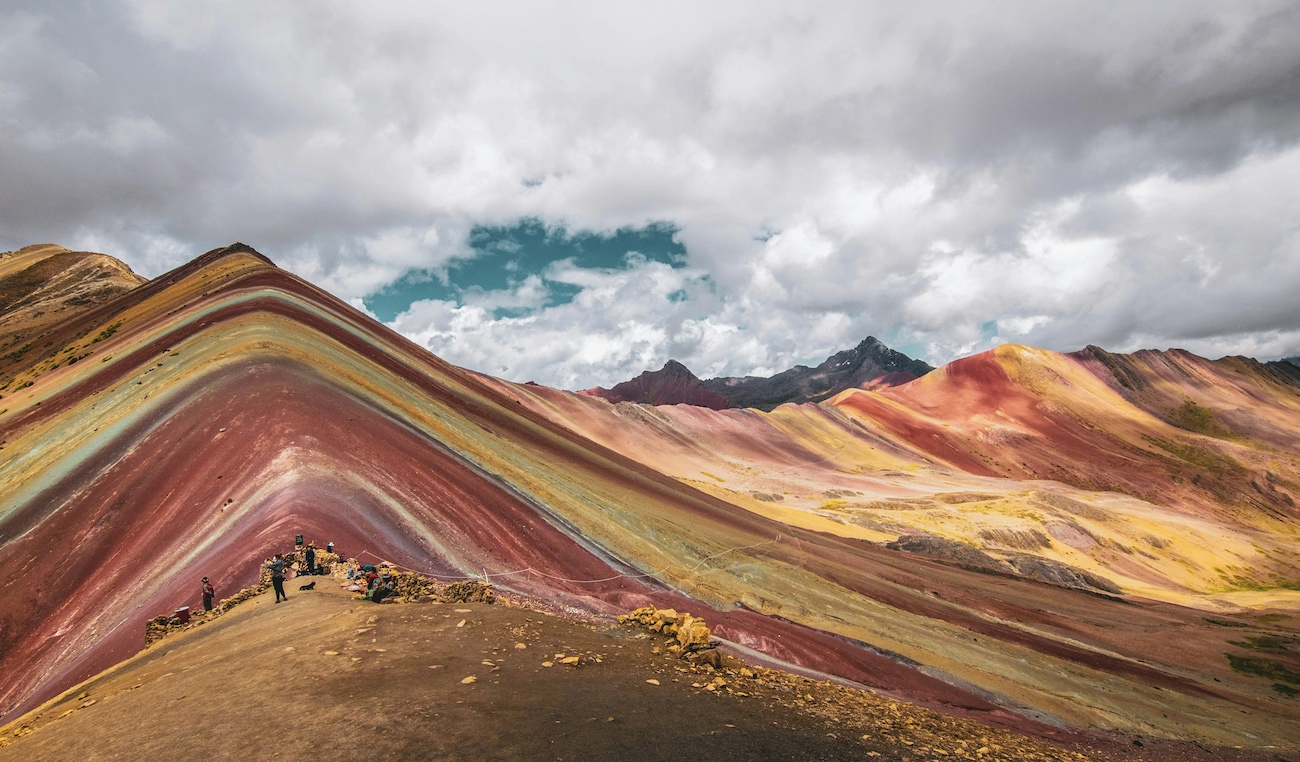
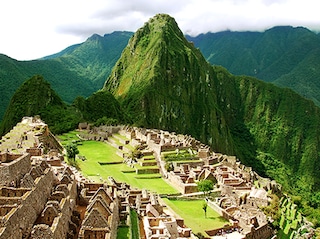


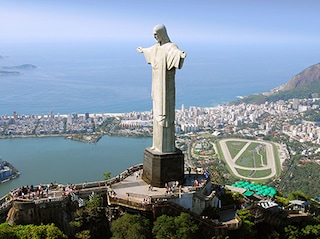














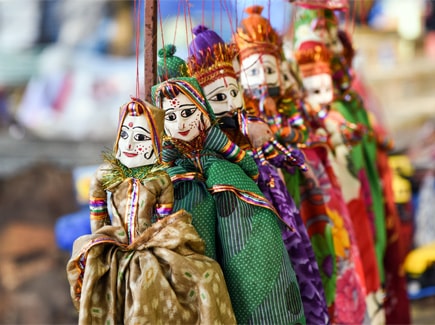
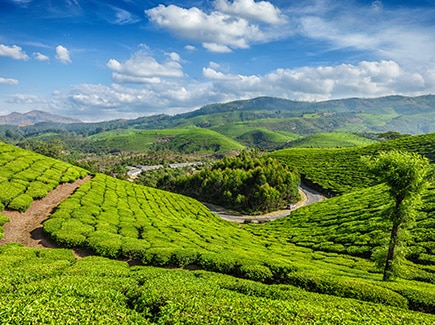
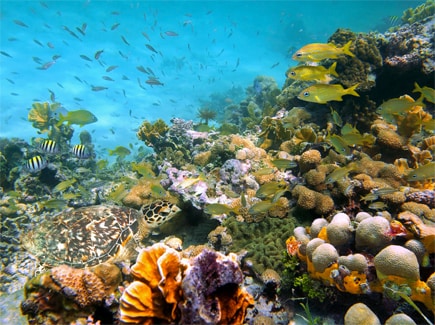
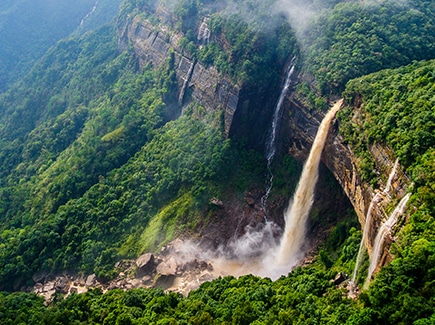
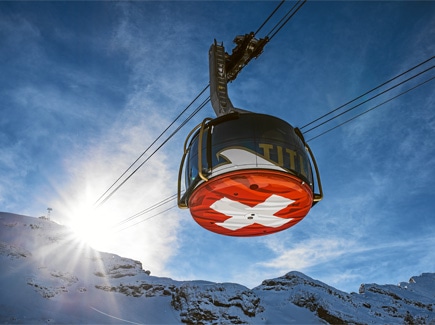
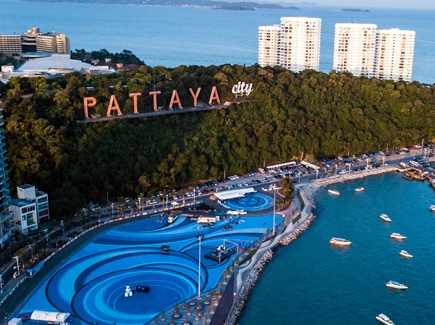
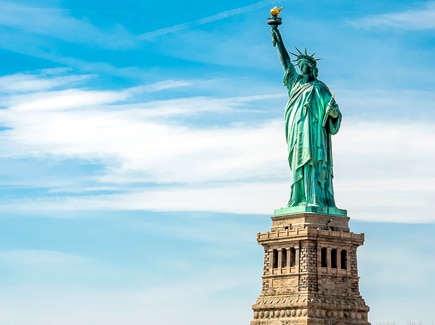
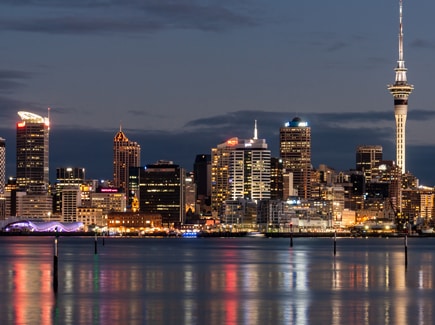


















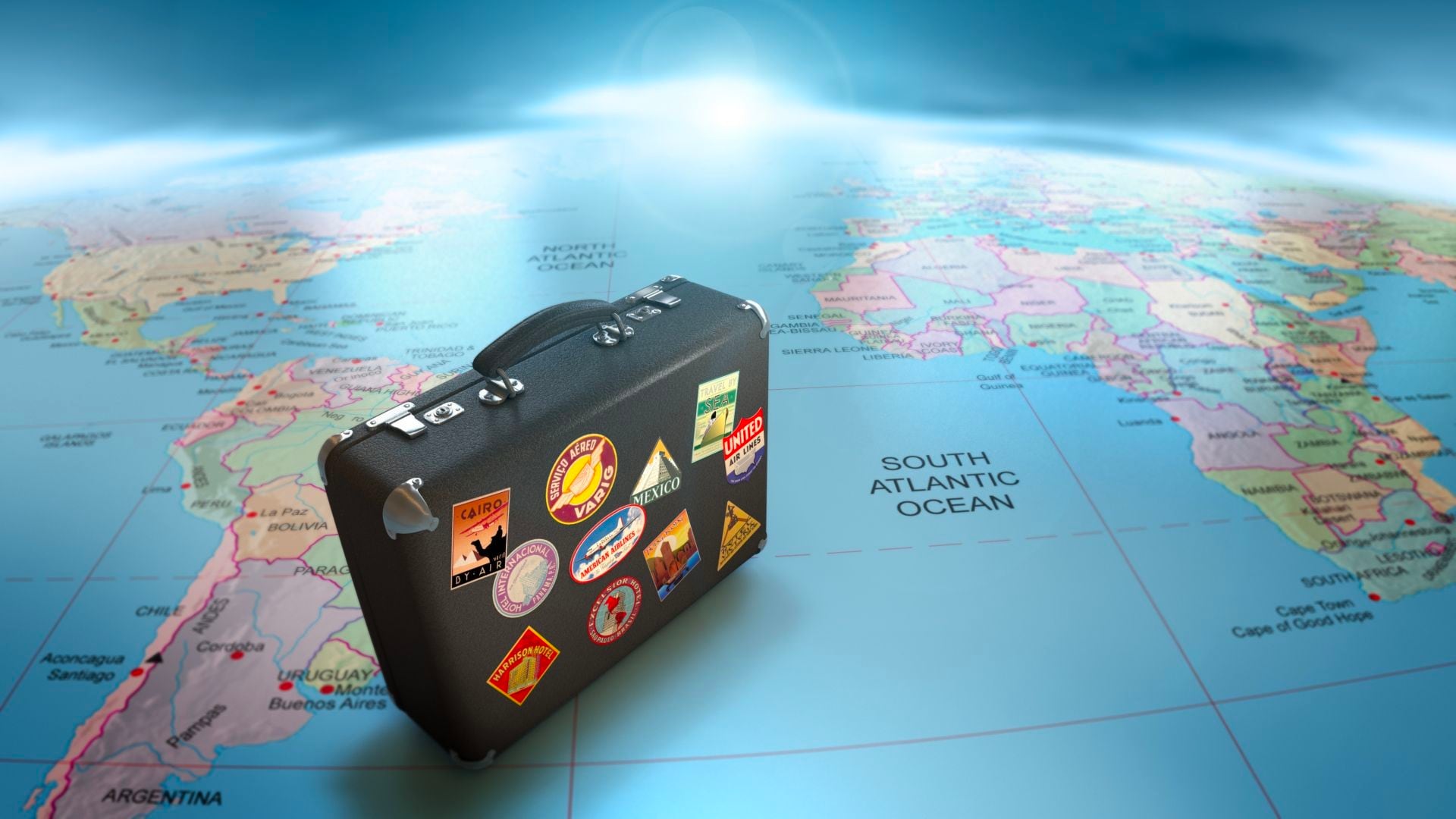

Post your Comment
Please let us know your thoughts on this story by leaving a comment.